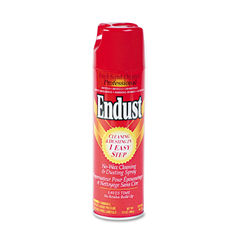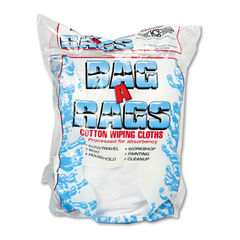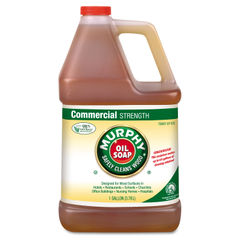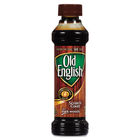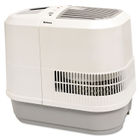How to care for veneer and solid wood furniture
How to clean wood furniture without marring the finish. |
|||||||||
|
When it comes to cleaning your beautiful veneer & solid wood furniture, not just any furniture polish will do. Many popular furniture polishes contain wax and silicone. Avoid these polishes. Wax builds up on your furniture over time, leading to a cloudy and uneven appearance. Meanwhile, silicon leaves behind an ugly white residue that destroys furniture finishes. Clean veneer and solid wood furniture 6-12 times a year with a mix of water and mild soaps such as Murphy Oil Soap. Dust your furniture regularly between cleanings (about once a week) with a dry dust cloth or a furniture polish that does not contain wax or silicone, such as Endust. Dust is abrasive. Left untreated it causes tiny scratches that dull the appearance of your furniture.
|
|||||||||
DIY Furniture Restoration: how to restore a finish |
|||||||||
|
|||||||||
How to protect your wood furniture furniture from future damage. |
|||||||||
|
Veneer and solid wood furniture has three natural enemies: moisture, sunlight and you. Luckily, there are few furniture protectors you use to minimize damage. Sun Damage Sunlight changes the color of wood over time, so don't place your furniture in front of windows or in direct sun. If that is not an option, protect your furniture from direct sunlight with blinds, curtains or UV screens and films. Teak oil provides excellent sun protection to outdoor furniture. Moisture Damage Humidifiers are great furniture protectors against moisture. Too much moisture in the air leads to mold and wood swelling. Too little causes wood to crack and split. A humidifier helps maintain the relative humidity ideal for veneer and solid wood furniture -- around 50 percent.
Daily Abuse Mats, pad and coasters offer the best protection from scratches and water marks from vases, glasses and cups. However, don't use plastic or rubber furniture protectors on veneer or solid wood furniture. Plastics and rubbers soften over time and damages furniture finishes. |
|||||||||






